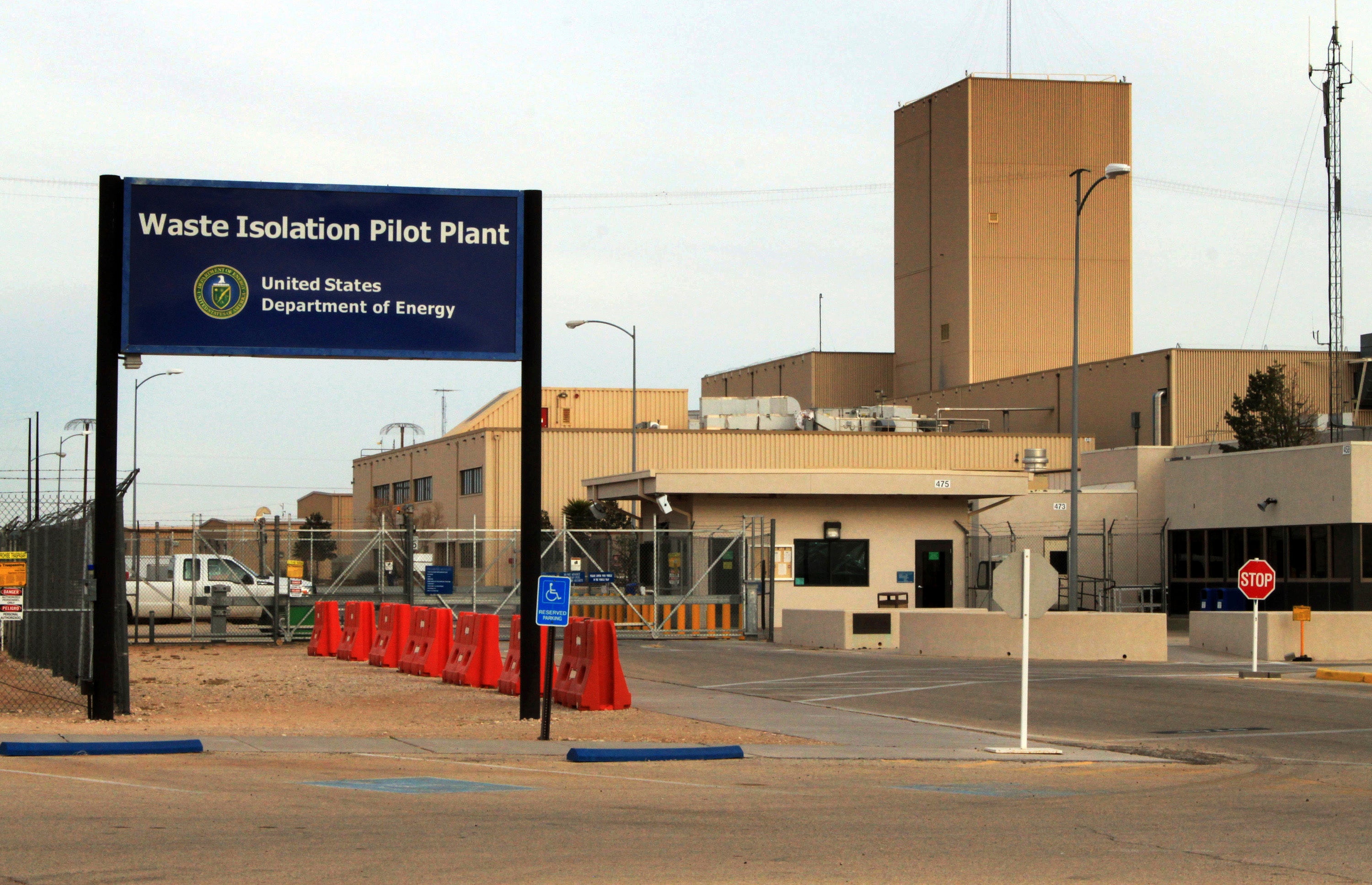US nuclear repository is among the federally owned spots identified for renewable energy projects
Federal officials have identified more than 50 square miles of government-owned property across the U.S. as having great potential for renewable energy projects

Your support helps us to tell the story
From reproductive rights to climate change to Big Tech, The Independent is on the ground when the story is developing. Whether it's investigating the financials of Elon Musk's pro-Trump PAC or producing our latest documentary, 'The A Word', which shines a light on the American women fighting for reproductive rights, we know how important it is to parse out the facts from the messaging.
At such a critical moment in US history, we need reporters on the ground. Your donation allows us to keep sending journalists to speak to both sides of the story.
The Independent is trusted by Americans across the entire political spectrum. And unlike many other quality news outlets, we choose not to lock Americans out of our reporting and analysis with paywalls. We believe quality journalism should be available to everyone, paid for by those who can afford it.
Your support makes all the difference.The U.S. Department of Energy announced Tuesday that it is teaming up with yet another energy company as part of a mission to transform portions of government-owned property once used for the nation's nuclear weapons program into prime real estate for renewable energy endeavors.
The federal agency will be negotiating a lease agreement with Florida-based NextEra Energy Resources Development for nearly 3 square miles (7.8 square kilometers) of land surrounding the nation's only underground repository for nuclear waste.
The project at the Waste Isolation Pilot Plant in southern New Mexico is the latest to be announced by the Energy Department, which has identified more than 50 square miles (130 square kilometers) of government land that can be used for constructing solar arrays and battery storage systems that can supply utilities with emissions-free electricity.
Other lease agreements already are being negotiated for projects stretching from the Hanford Site in Washington state, where the U.S. produced plutonium, to national laboratories and other sites in Idaho, Nevada and South Carolina.
Andrew Mayock with the White House Council on Environmental Quality on Tuesday echoed a statement made earlier this year when the first negotiations were announced. He said federal agencies are using their scale and purchasing power to support the growth of the clean energy industry.
"We will spur new clean electricity production, which is good for our climate, our economy, and our national security,” he said.
At the nuclear repository in New Mexico, federal officials say there is potential to install at least 150 megawatts of solar and another 100 megawatts of storage.
While the amount of energy generated by NextEra at the WIPP site would be more than enough to meet the needs of the repository, none would feed directly into government operations there. Officials said the energy from the solar array would be sold to Xcel Energy by NextEra and put into the utility's distribution system.
Xcel serves customers in parts of New Mexico and Texas, as well as other states.
Officials said there is no estimate of when ground could be broken, saying engineering and planning work would be needed once a lease is signed and regulatory approvals would be required.
The largest of the so called cleanup-to-clean-energy projects is slated for the Hanford Site, where Hecate Energy LLC has plans to deliver a gigawatt-scale system that would span thousands of acres on the southeastern edge of the property. It could be several years before that project comes online.